[ad_1]
Welcome to our second Bankless Journey.
Now that you know why we’re here in crypto, the next part of our ongoing Bankless Journeys series is going to demystify one of the most crucial components of the entire cryptocurrency ecosystem—the wallet.
A wallet is a way to store and transact with crypto, but it’s also like a gateway to your identity and digital assets. It can act as your onchain resume, showcasing your interactions within the crypto space and qualifying you for new experiences like airdrops and NFT mints. You can also use your wallet to sign in to crypto apps so you can bring your data with you and own it wherever you go.
In this Journey, we’ll highlight some of the top wallets available to you today and then touch on some additional possibilities, from registering an ENS name for your addresses to securing your wallet stack from crypto hacks. Let’s begin!
 Picking your first wallet
Picking your first wallet
Software wallets, whether browser-based extensions or mobile apps, are the easiest and most practical avenue to interact with crypto and NFTs. In this category of products, the big giants in the Ethereum ecosystem today are MetaMask, Coinbase Wallet, and Rainbow.
All three of these wallets are suitable for both newcomers and crypto experts alike, yet all of them also boast unique offerings to consider. For example, MetaMask supports community-built plugins through MetaMask Snaps, Coinbase Wallet provides in-app messaging via XMTP, and Rainbow offers extensive keyboard shortcuts.
To help you navigate the ins and outs of these major providers, we’ve prepared three respective guides here to help you get started with diving in.
 Coinbase Wallet 101
Coinbase Wallet 101
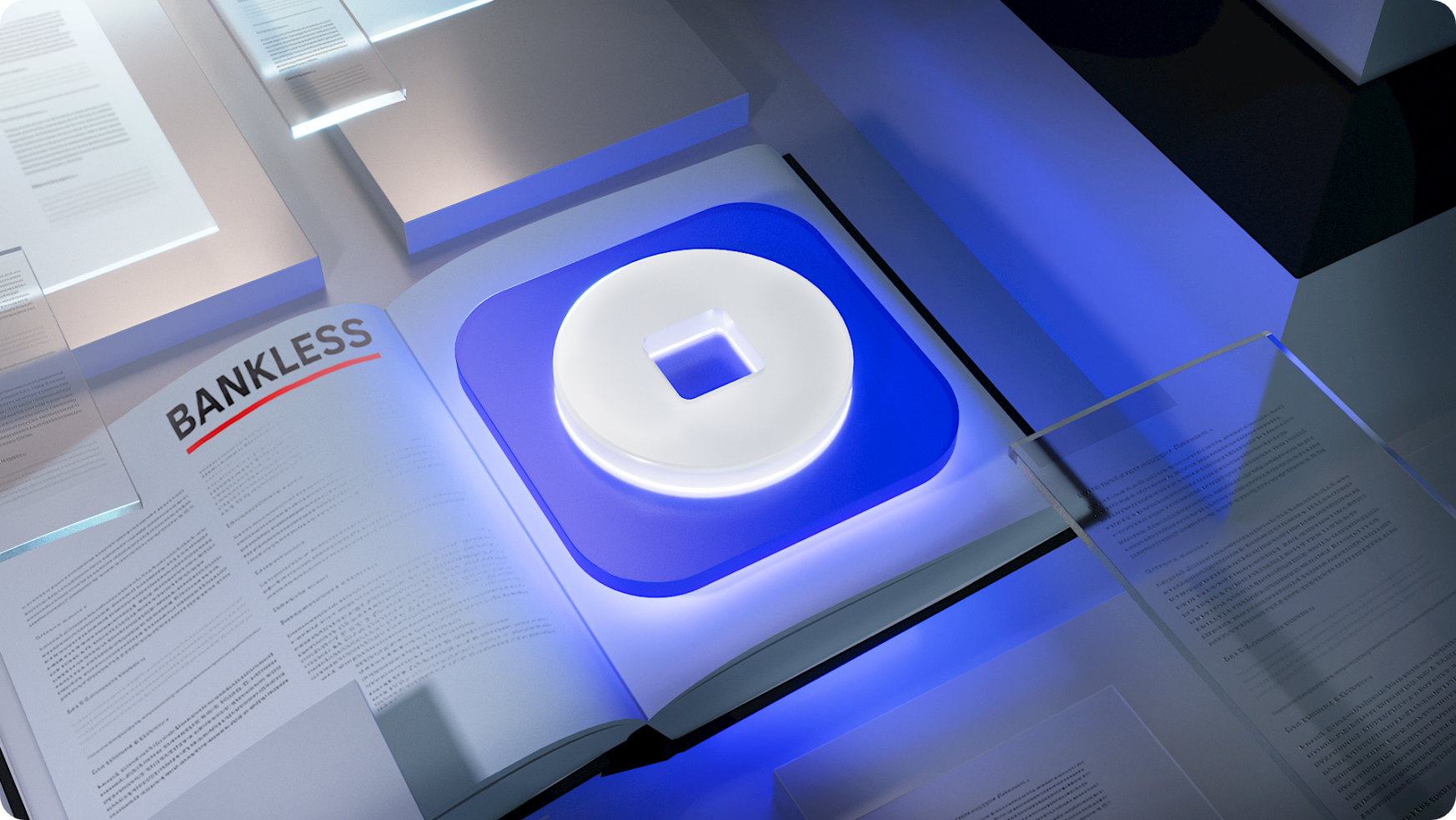
 MetaMask 101
MetaMask 101
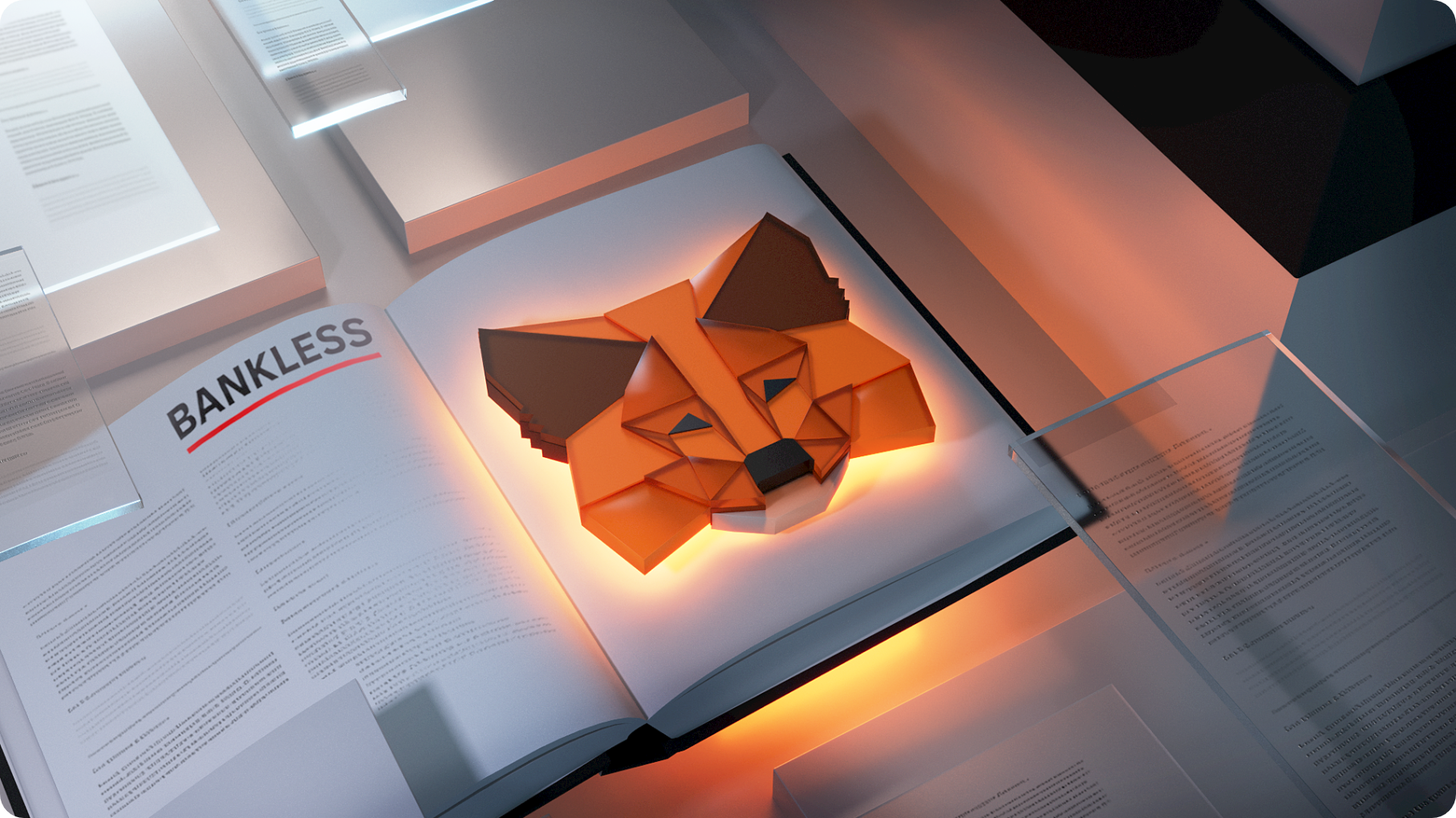
 Rainbow 101
Rainbow 101
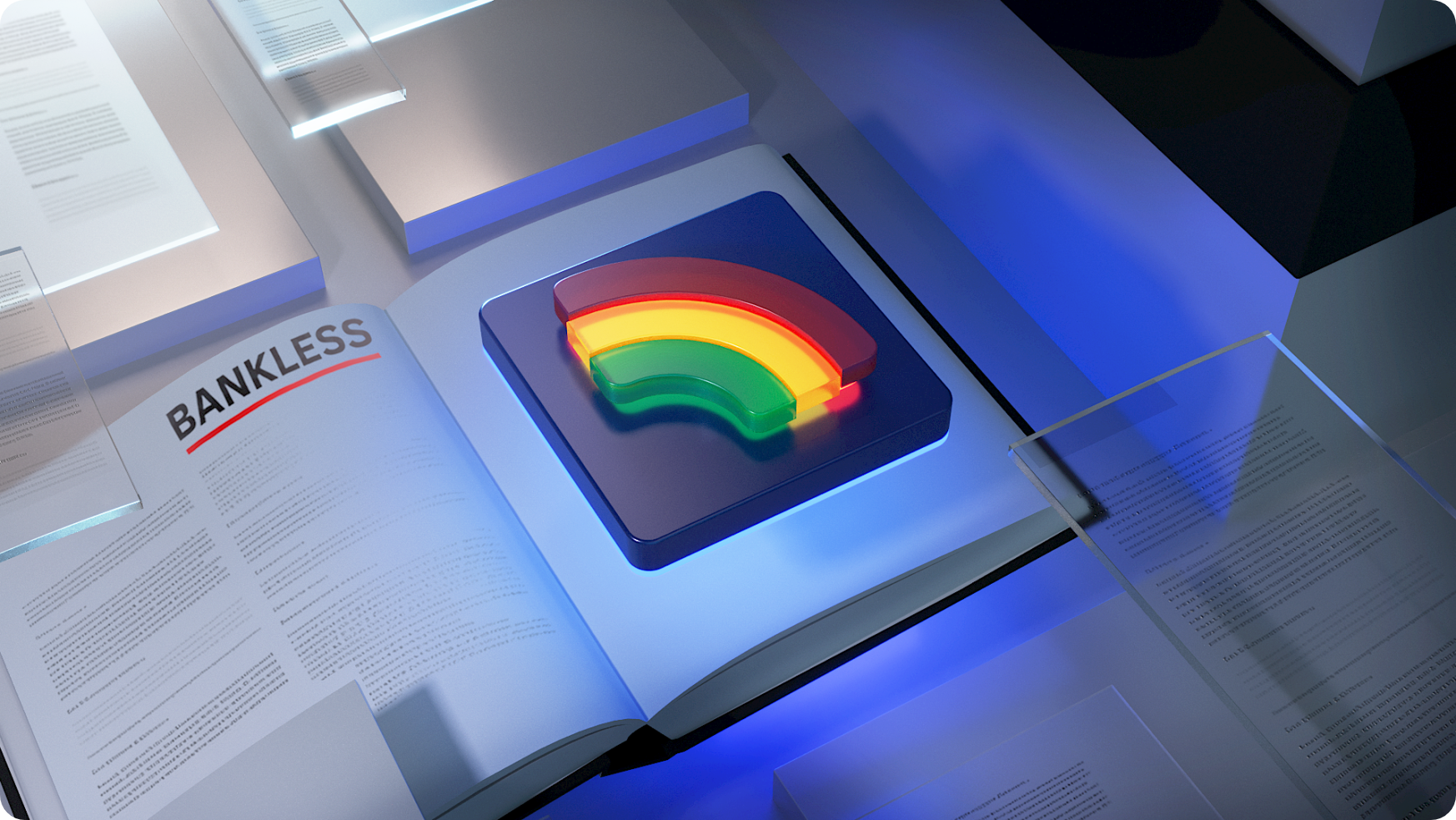
 Level up with hardware
Level up with hardware
Once you’ve gotten started with a software wallet, consider stepping up your security by complementing it with a hardware wallet. A hardware wallet is a physical device that securely stores your private keys offline, with these keys being what you use to authorize crypto transactions. This offline approach, combined with physically verifying and signing transactions with a device, makes hardware wallets among the safest ways to store crypto.
The most popular hardware wallet manufacturer today is Ledger, and its devices are compatible with all the aforementioned software wallets. Another popular device is the Lattice1 by GridPlus. Here are our primers on how to get started with a Ledger or Lattice1, including how to back up and safely store your device.
 Setting up a Ledger
Setting up a Ledger
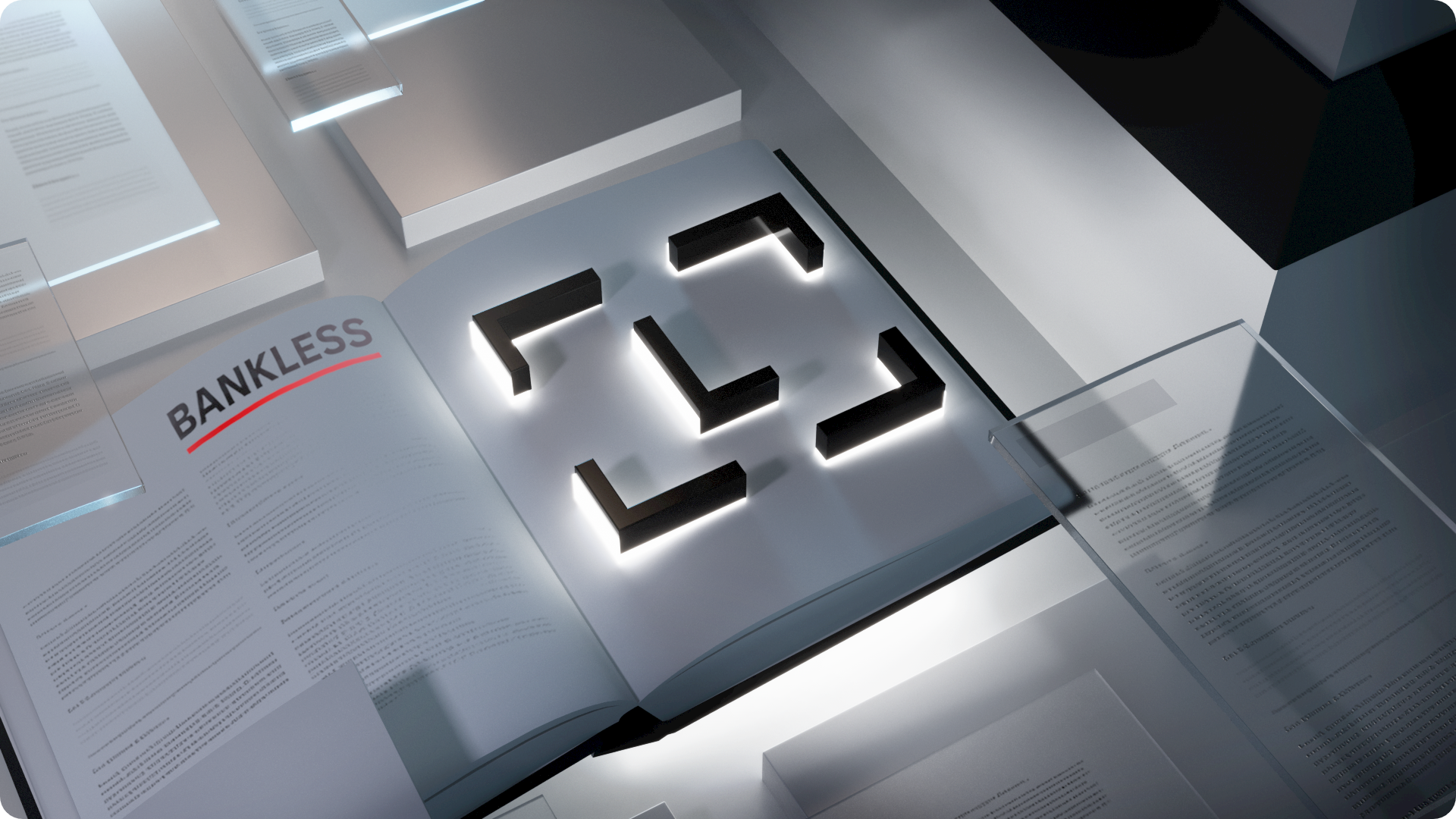
 Setting up a Lattice1
Setting up a Lattice1

 Creating a digital vault with a multi-sig
Creating a digital vault with a multi-sig
Arguably the safest way to store your crypto and NFTs for the long term is through what’s called a “multi-signature” wallet, or multi-sig. As its name suggests, this type of wallet requires multiple wallets to approve a transaction before it can be executed.
So for example, if you created a “2-of-3 multisig,” that means you’d have a wallet that can only be used if at least 2 of the 3 addresses you’ve approved sign off on a transaction. This layered approach allows your assets to remain safe even if one of your addresses gets compromised by a hacker.
In the cryptoeconomy today the most popular multisig solution is Safe, though there are rising alternatives like Avocado that are also worth considering. Whichever route you go, after you create a multi-sig test it out some to get comfortable with it before you send your holdings in.
 Making a Safe multi-sig
Making a Safe multi-sig
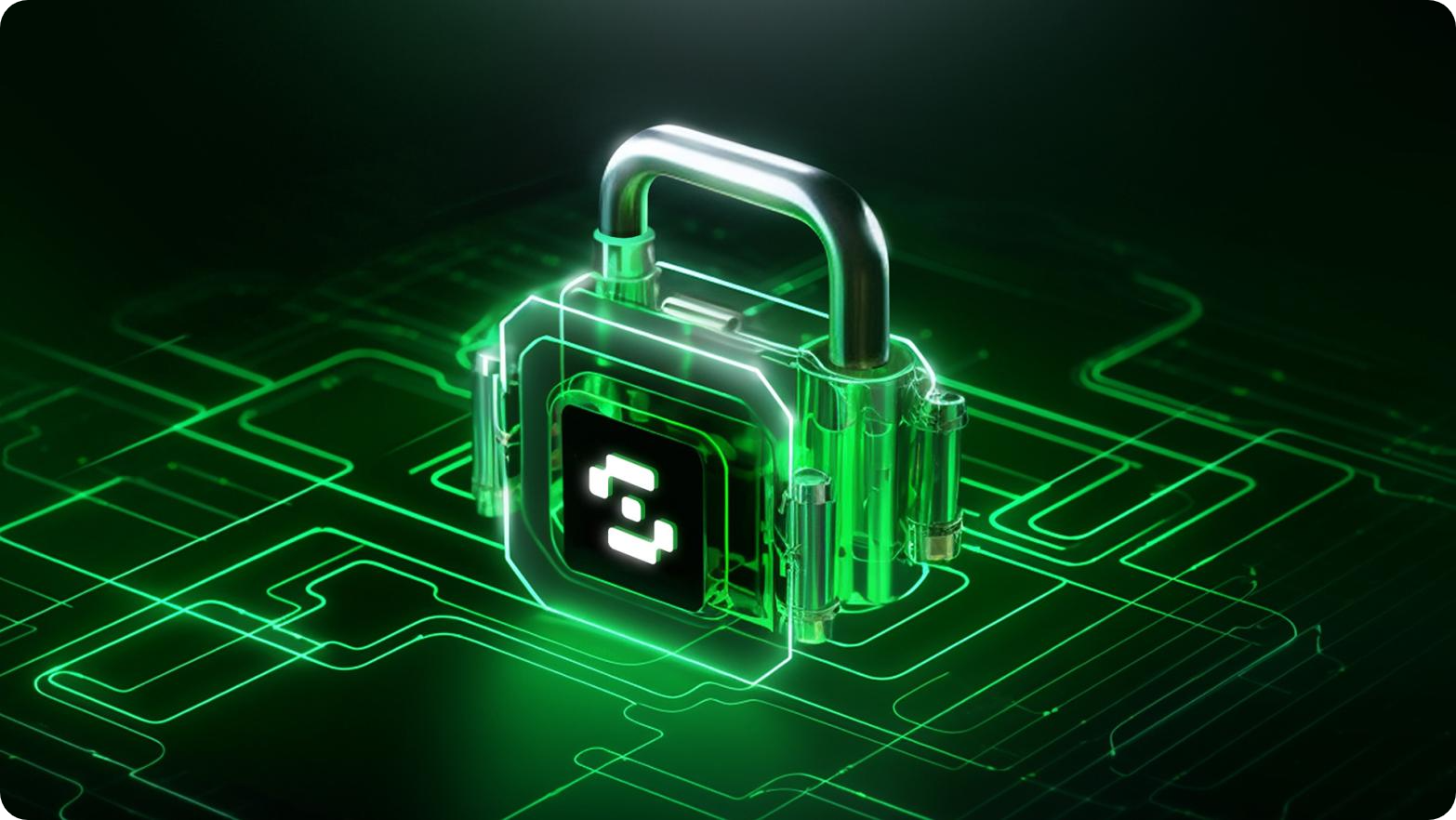
 Making an Avocado multi-sig
Making an Avocado multi-sig

 Defending your stack
Defending your stack
A hardware wallet can help you safely store your crypto, but what if a bad actor tricks you into signing a malicious transaction that you didn’t understand? Or what if a project you’ve interacted with in the past gets hacked?
The good news is you’ve got a range of options to defend your wallet, like transaction preview tools and routinely revoking your wallet approvals. In this must-read security primer, we walk you through all the basics of locking down your stack for good!

 Registering an ENS name
Registering an ENS name
The Ethereum Name Service (ENS) lets you register a human-readable name, like “yourname.eth,” to represent your Ethereum wallet’s long, alphanumeric address. You can then use this domain to send and receive crypto and as a marker for your onchain reputation, making transactions simpler and more personal. In this starter guide, we get you up to speed on how to use the new ENS Manager App to register and oversee your .eth names!
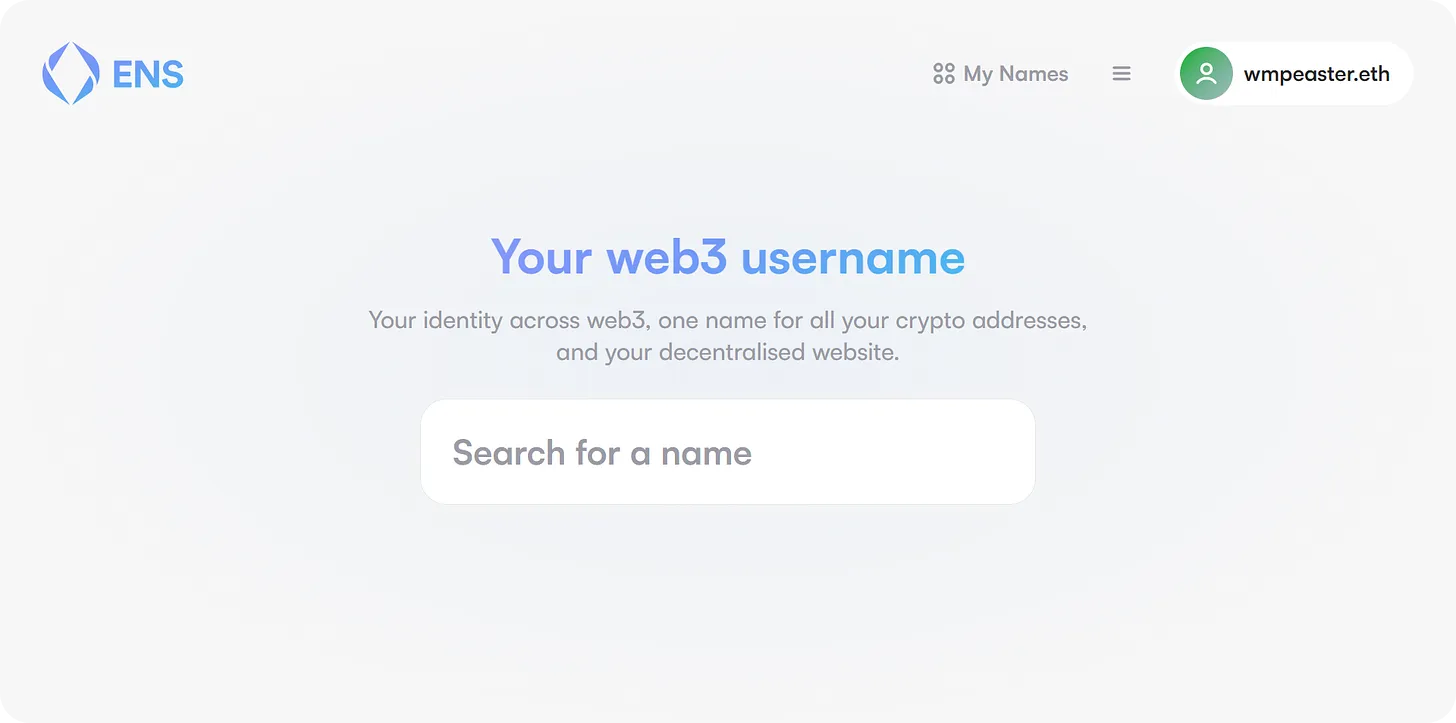
 Getting the most out of your address
Getting the most out of your address
Through the course of your journey in crypto, you’ll interact with various people and projects. Over time these interactions may qualify you for rewards, like airdrops or NFT mints.
At a certain point, it can become overwhelming trying to keep track of all these potential opportunities, but it doesn’t have to be hard. One of the first in-house tools we’ve developed at Bankless is our Claimables resource, which tracks your eligibility for crypto rewards from one convenient dashboard. Check it out periodically to keep on top of all the things you can claim with your wallet!

 Now you’re up to speed on wallets! Congratulations on completing your second crypto journey!
Now you’re up to speed on wallets! Congratulations on completing your second crypto journey!
As you continue on your path, you’ll find that your wallet is more than just a tool for transactions—it’s your passport to the ever-evolving world of digital assets and decentralized apps. Now that you’re ready with the basics of wallet maintenance, our next releases will focus on what you can do in crypto like DeFi, NFTs, and beyond. Stay tuned to keep mastering the basics!
[ad_2]
Read More: www.bankless.com

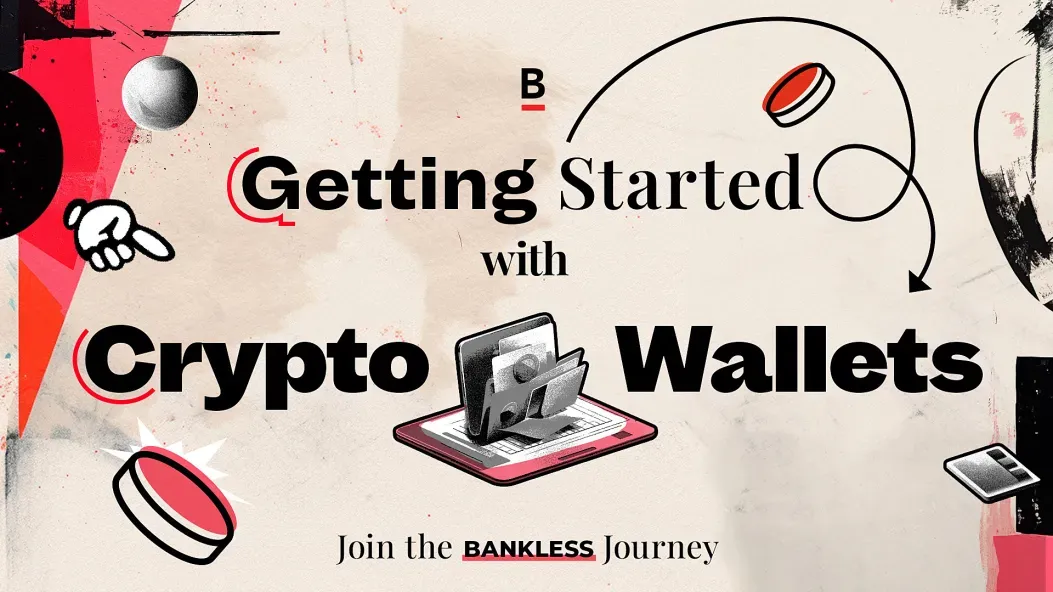







 Bitcoin
Bitcoin  Ethereum
Ethereum  Tether
Tether  XRP
XRP  Solana
Solana  USDC
USDC  TRON
TRON  Dogecoin
Dogecoin  Lido Staked Ether
Lido Staked Ether  Cardano
Cardano  Hyperliquid
Hyperliquid  Wrapped Bitcoin
Wrapped Bitcoin  Wrapped stETH
Wrapped stETH  Sui
Sui  Bitcoin Cash
Bitcoin Cash  Chainlink
Chainlink  LEO Token
LEO Token  Stellar
Stellar  Avalanche
Avalanche  Toncoin
Toncoin  USDS
USDS  WhiteBIT Coin
WhiteBIT Coin  Shiba Inu
Shiba Inu  WETH
WETH  Wrapped eETH
Wrapped eETH  Litecoin
Litecoin  Hedera
Hedera  Binance Bridged USDT (BNB Smart Chain)
Binance Bridged USDT (BNB Smart Chain)  Monero
Monero  Ethena USDe
Ethena USDe  Polkadot
Polkadot  Bitget Token
Bitget Token  Coinbase Wrapped BTC
Coinbase Wrapped BTC  Uniswap
Uniswap  Pepe
Pepe  Aave
Aave  Pi Network
Pi Network  Dai
Dai  Ethena Staked USDe
Ethena Staked USDe  Bittensor
Bittensor  OKB
OKB  BlackRock USD Institutional Digital Liquidity Fund
BlackRock USD Institutional Digital Liquidity Fund  Aptos
Aptos  Cronos
Cronos  Internet Computer
Internet Computer  NEAR Protocol
NEAR Protocol  Jito Staked SOL
Jito Staked SOL  Ethereum Classic
Ethereum Classic  sUSDS
sUSDS